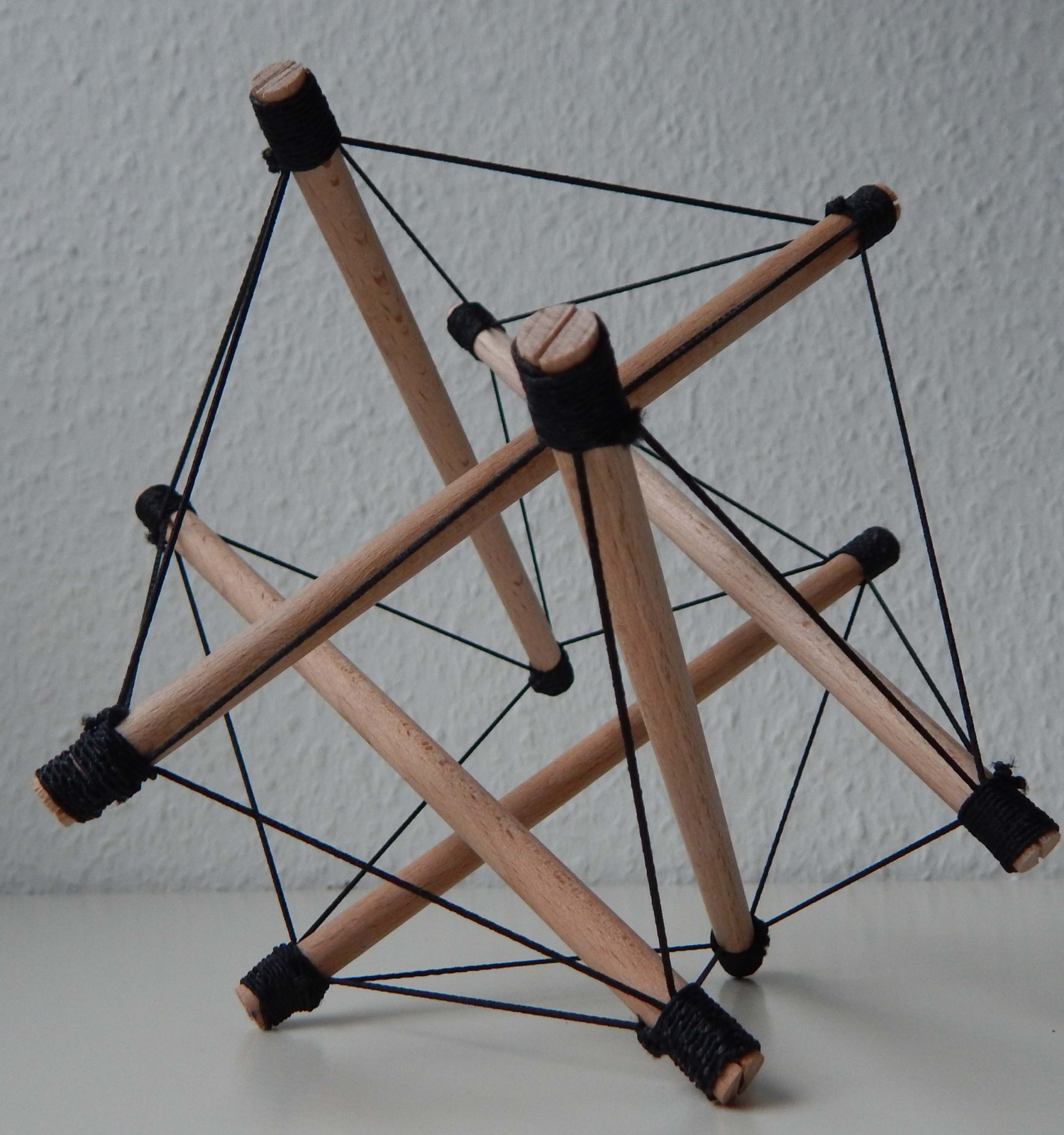What is Pelvic Floor Therapy?

Article At A Glance
The balance between strength and relaxation is so important when it comes to pelvic floor health. Why? What most people don’t know is that a pelvic floor that is too tight can be linked to lower back pain, incontinence, and even pelvic organ prolapse. If you’re seeking relief from pelvic floor issues, this post offers valuable guidance.
What is Pelvic Floor Therapy?
Many women and some men, seek out pelvic floor therapy for an answer to incontinence, painful sex, prolapse, or pelvic pain. Pelvic floor therapy is often thought of as Kegel exercises or contracting pelvic floor muscles. And, strength is important. However, research is showing that relaxing the pelvic floor is crucial too.

However, relaxation does not mean droopiness or weakness. It means your pelvic floor can relax and expand rather than be locked into a gripping that can come from too much focus on strength.
What is Pelvic Floor Relaxation?
The pelvic floor has to be both strong and flexible. If you only do exercises that build strength, you can get too tight! Tightness can cause pain and it can also contribute to incontinence and even prolapse. A tight pelvic floor can cause problems in your hips, lower back, or sacrum. Too loose and you have no support.
You can think of the pelvic floor as a trampoline that offers both strength and flexibility. Pelvic floor therapy optimally reflects this understanding.

How Can I Know if I Need to Stretch or Strengthen?
It’s important to realize healthy movements or activities naturally create flexibility. For instance, activities that emphasize the muscles of your inner thighs are a “counter” to the strength of the pelvic floor. The adductors help the pelvic floor widen and expand, creating flexibility and elasticity.
Using your legs, your lower back, the muscles of your waist, and your abdominals will awaken important connections to your pelvic floor.
Of course, how you move is crucially important. The relationship of all your parts to the whole helps establish the resilience a healthy pelvic floor needs.
Tensegrity and Pelvic Floor Health

Tensegrity simply means you have a balance of structure and elasticity in your body so you have an easeful integrity. In the pelvic floor, this means you have “undercarriage” support, but you also have the flexibility to walk, go to the bathroom, and give birth! Tensegrity is a positive type of tension that prevents the negative type of tension from forming. Negative tension causes pain. This photo represents how it works:
Can Pelvic Floor Therapy Bring About Physical and Mental Relaxation?
There is a nervous system advantage to building tensegrity. The act of gripping gives us tension and contributes to anxiety, overload, and exhaustion. When we are able to feel strong without gripping we also feel emotional relaxation.
Think about it: If you walked around gripping your hand all day wouldn’t that hurt your neck? Wouldn’t it interfere with what you could do? Would it make you hold your breath? Conversely, constant gripping by trying to “hold up” or tighten your pelvic floor can make you more prone to pain and stress.
Watch The Video Below
Pelvic floor therapy ideally includes your whole body.
Do you need more help with your pelvic floor? I have suffered my own share of pelvic floor problems. That is why I have come to a deeper understanding of what pelvic floor therapy really is and how effective it can be.
Also, read...
A Daily Yoga Sequence for Pelvic Pain
3 Yoga Practices to Support Pelvic Floor Health
A Simple Yoga Practice for Finding and Strengthening Your Pelvic Floor Muscles
Related courses
Breath as Medicine: Yogic Breathing for Vital Aging
Yoga and Myofascial Release: Releasing Chronic Tension with the Bodymind Ballwork Method

After four decades of experience helping my clients unwind limiting movement patterns and heal body-mind disconnection, I have put together simple but profound embodiment exercises that help everything from pain to Parkinson’s Disease and pelvic floor issues to the trauma of grief and loss. I have a broad toolbox that relieves stress in the nervous system so you move with more ease and integration while also gaining perspective, insight, and courage.
I have also taught yoga, meditation, and relaxation for chronic pain through the Valley Medical Group and assisted Iyengar teacher Karin Stephen in her programs for people with HIV-AIDS. I teach popular walking and pelvic floor clinics and create somatic yoga programs for YogaUOnline.
But my biggest lesson has been the death of my 36-year-old son. He died at a peak point of his career. This could have destroyed me. Certainly, it is devastating but instead of collapsing, I am understanding my own work more deeply. I have been so fortunate that I have tools that let me feel the goodness of being alive and in that goodness, my pain, horror, frustration, and panic can arise without overwhelming my system.
I am a certified Yoga Therapist and a Registered Somatic Movement Therapist and Educator. I hold a Bachelor’s degree from SUNY Stony Brook. I have been teaching yoga since 1981 and somatics since 1993. I am trained in Iyengar yoga, I have studied with somatic movement/ embodiment pioneers including Bonnie Bainbridge Cohen and Emilie Conrad.



